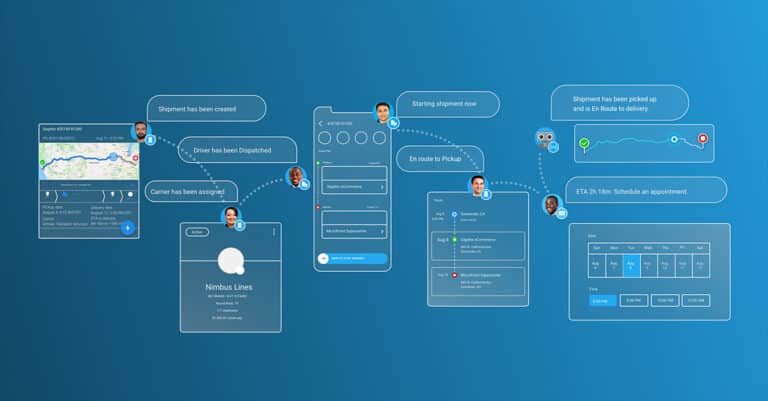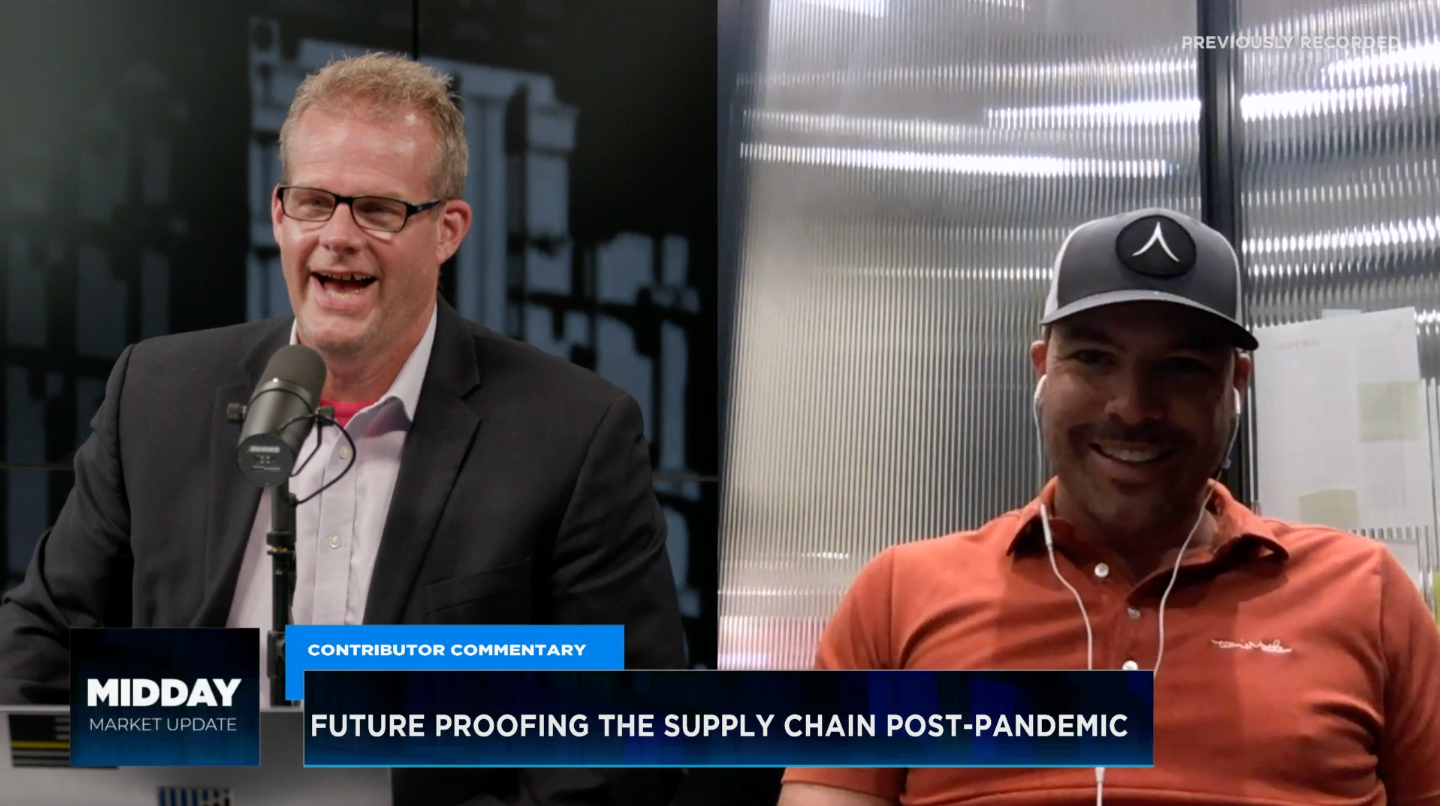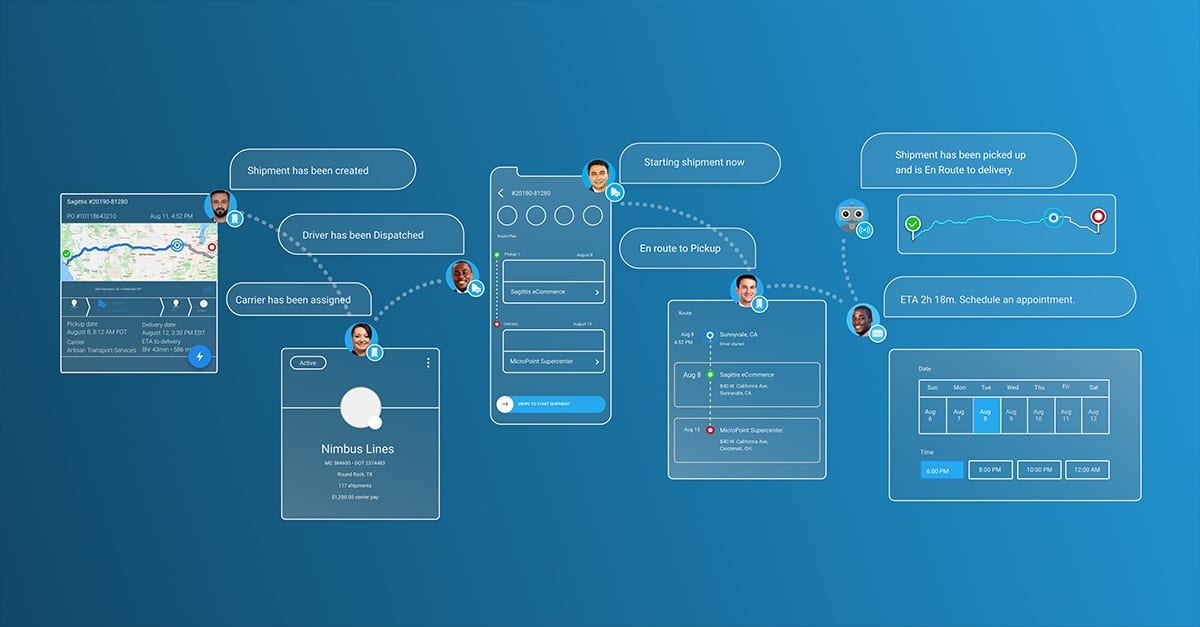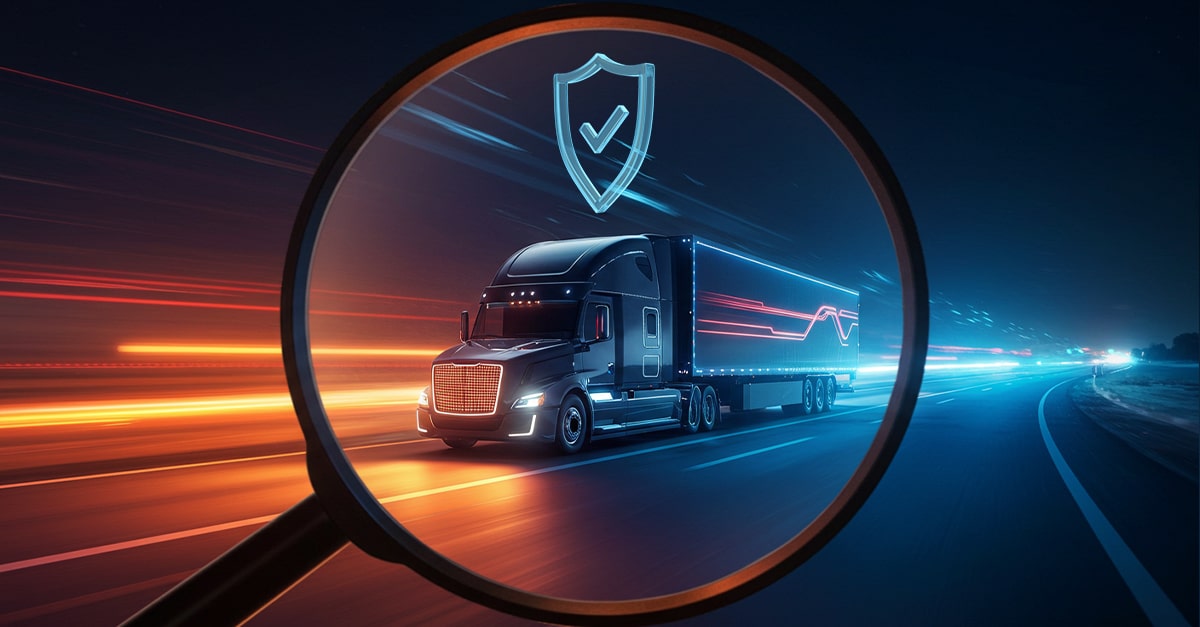Today’s areas of focus for supply chain executives center on digital transformation and the ability to optimize processes. Unfortunately, major challenges remain inherent, including limited visibility. Approximately only 20% of all supply chains have true visibility into operations. According to David Parker via SupplyChainBrain, the minimum level of visibility needed to address “key points of volatility where revenue and costs are at risk” is 70% to 90%. As COVID 19 continues to ravage industrial optimization efforts, the real value lies in uncovering the disjointed systems and organizational silos that remain within the supply chain—forcing them into retreat through data sharing. This was further discussed during a recent FreightWaves podcast where Jeff Dangelo, Founder of Turvo—joining the podcast at 30:59—had an opportunity to shed light on how Turvo is helping companies from small shippers to international third-party logistics companies realize the full potential of digital transformation through such unity.
The Turvo Vision
Turvo was founded in 2014, and it grew out of eight years of research into what leading supply chain trends were revealing about the industry. Amazon, movements to cloud-based systems, smartphone adoption, and siloed systems and their problems were major factors in finding and defining what was needed to offer a better solution to the industry.
For example, Jeff went on to discuss how the ease in sharing an application, such as Microsoft Excel, could help keep companies on track. That same ease also created opportunities for mistakes because not every company was reliant on that simplistic application.
Companies had whole swaths of systems designed for a single purpose. Brokers might use a TMS to help manage the inbound versus the outbound flow of shipments. Shippers had some TMS platforms focused on handling the sharing of data between the WMS and TMS. Carriers only saw the trucking side of the equation—falling to the mercy of when shippers were in need. It was a heavily disjointed process. That shortfall seemed minor, and then COVID-19 hit—exposing those weaknesses and emphasizing how quickly the whole industry could falter.
Supply Chains Needed a Further Level of Visibility to Attain Flexibility
Believe it or not, up to 84% of chief supply chain officers noted a serious lack of visibility across the supply chain as a key challenge in a 2019 IBM Global C-Suite study. With up to 90% of a company’s environmental impact deriving from the supply chain, the need for better digitalization seems to be the solution. How?
Better digitalization rests on the idea of end-to-end visibility, and Turvo focused on how companies could leverage data across all modes internationally and domestically (33:59) Jeff further noted that 70% of domestic shippers have zero software for managing shipments. Even for those that do, the lengthy EDI connecting process and its costs are simply too much (34:51), especially in focusing on whether companies could get and apply data. During COVID-19, the supply chain expanded at a rate only comparable to the age-old “guns or butter” growth trends seen in historic wars. COVID-19 launched a race to arrive at a unified, digital, and shareable supply chain.
For companies, it had been traditionally focused on one basket or another, said Jeff. Organizations were reliant on stale sourcing strategies and standardization of operations. But the level of customization was stagnant. Now, it’s not enough to simply maintain the status quo—companies want results that offer a future-proof view of the supply chain.
Turvo Unifies the Full Supply Chain and Eliminates Siloes
While it’s easy to see the disconnect between separate supply chains, Jeff further described how internal organizational silos may arise. Brokers may use one system. Shippers use another. Carriers use a third, and retailers may use a fourth. The systems are similar in function, but their layout and design are solely for that one aspect of the supply chain. Instead of leaving each department to operate independently and based on data only when it’s crunch-time, supply chains could share the data between systems with an overarching platform that flexes to offer the same value as traditionally siloed systems without the extra cost of legacy technologies. In other words, a unified supply chain visibility platform that communicates well with other systems and offers endless customization to meet the next disruption directly–transcending audience type and offering limitless supply chain diversification (38:29)
The Advancements in New Supply Chain Technology Will Work Well With Turvo.
As a parting emphasis, Jeff further elucidated the ability of Turvo to flex and grow with companies. This includes the ability to integrate new technologies, such as those connected to the Internet of Things (IoT) into the system. That information can be used to help brokers, carriers, logistics service providers (LSPs), and customers work together for a common goal. It’s the final realization of a system performing work on behalf of humans to do more with less, manages appointments, better engage with supply chain partners on a “more permanent basis” (42:15), maximizes productivity, and realizes disruption-proof operations. Find out more about how Turvo can augment your supply chain by submitting your queries online today.








